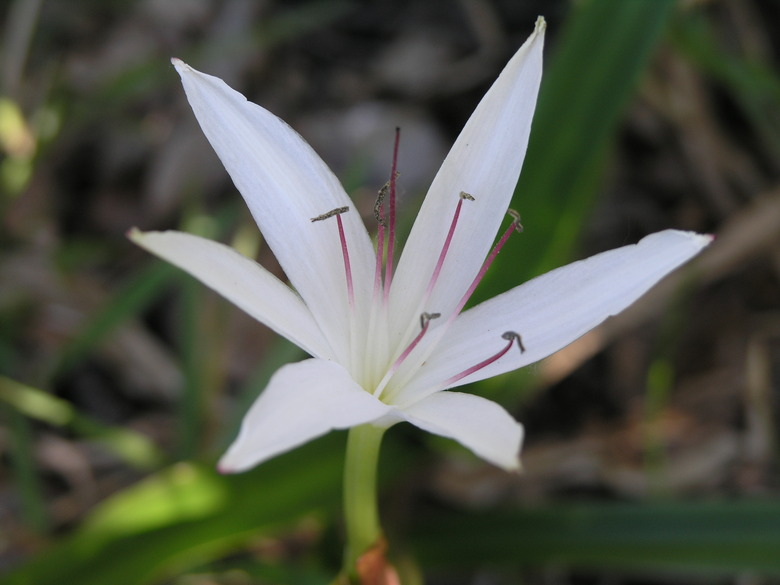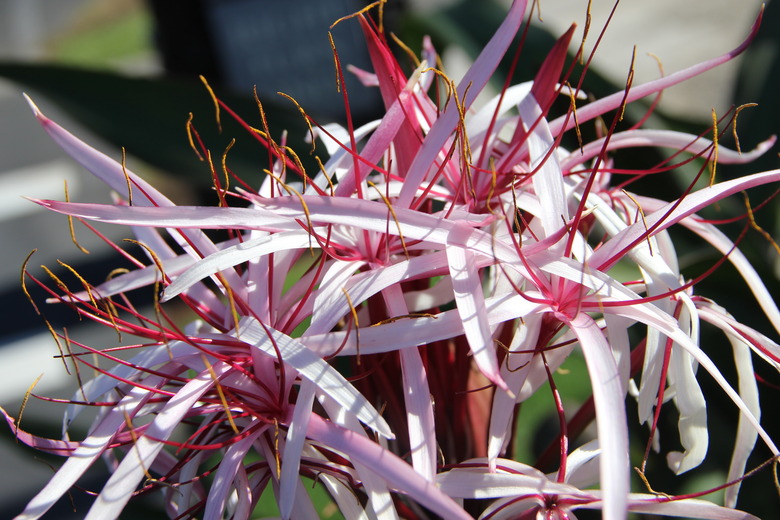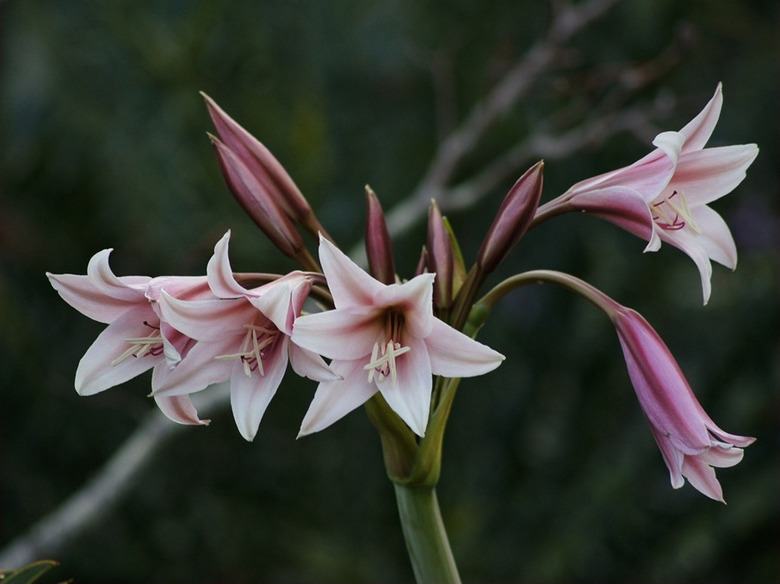How To Propagate Crinum Lilies
Crinum lilies (Crinum spp.) are flowering bulbs in the amaryllis family, Amaryllidaceae, that produce showy, fragrant, lily-like flowers. They make excellent cut flowers. Flower colors include white, pink, red and combinations thereof.
Crinum lily bulbs can survive winters in U.S. Department of Agriculture plant hardiness zones 8 to 11. Though it is possible to grow crinum lilies from seed, crinum lily propagation is best done by division.
Types of Crinum Lilies
There are approximately 130 species of the crinum lily, which is also known as the spider lily, though only a few are common in cultivation. Some crinum lilies are native to the Americas, while others are found in the wild in tropical and subtropical regions of Asia, Africa and Australia. These bulbs flower during the summer months.
There are approximately 130 species of the crinum lily, which is also known as the spider lily, though only a few are common in cultivation.
Native species of crinum lilies include the Florida swamp lily (Crinum americanum, zones 8 to 11), which is native to wetlands in the Southeastern U.S., as its common name suggests. This species usually produces white flowers.
The giant crinum (Crinum asiaticum, zones 9 to 11) has naturalized in Florida as well as parts of Louisiana and California; however, it is native to Asia. This is another species of white crinum. The most cold-hardy crinum species is the orange river lily (Crinum bulbispermum), which is native to South Africa and is hardy to USDA zone 7. This species has white flowers featuring dark pink or red stripes.
All crinum lily bulbs contain toxic alkaloids that make all parts of the plant poisonous.
Dividing Crinum Lily Bulbs
There are two ways to divide crinum lily bulbs: by dividing the plant and by removing and replanting offshoot bulbs. This is usually done after the plant has been growing undisturbed for four or five years. The best time to divide the bulbs is in winter, which is when these flowering plants are dormant.
To divide offset bulbs, dig up the bulb from the ground and remove the offsets. This can be challenging since a crinum lily bulb can grow extremely large, weighing up to 20 pounds in some cases. The offsets should be replanted with the slender part of the bulb, called the neck, exposed.
It is important to note that because crinum lilies do not like being disturbed, it usually takes an offshoot bulb two to three years to produce flowers. For faster flowering, plant division—which involves splitting a main bulb into smaller portions—is the better option.
Crinum Lily Care
As tender perennial bulbs, crinum lilies are most common in Southern gardens. Outside of their hardiness range, they can also be grown in pots and overwintered indoors.
Established crinum lilies can handle quite a bit of drought, which makes them low-maintenance plants, but they also appreciate moisture when the plant is in bloom, especially during dry spells. These plants can grow in a wide range of soils, including sandy soils.
Crinum lilies do well in both full sun and light shade. After their first growing season is complete, crinum lilies benefit from feeding in May with a fertilizer formula rich in phosphorus.


